"Are you happy?"
"Of course!"
"Then the time has come to be generous."
-La meglio gioventù
The epic six-hour Italian film La meglio gioventù (The Best of Youth) is a generous feast for the humanist. There's something Renaissance-esque in its grand, open story which celebrates Man. It's big: covering the lives of the Carati family over a period of several decades. It's complicated: the characters are complex and slippery. It's smart: providing a detailed, fascinating history of modern Italy, with clever commentary on the Left and Right, on regionalism, on industrialization and modernization. And yet - even being all these things - it's still accessible and touching. It feels personal. It feels like you've just eaten a very large, healthy meal. And because it succeeds so well, in so many clever little ways, it inspired us to think big. To think human experience big, life big, enlightenment big. Is it... gasp, an enlightened film?!
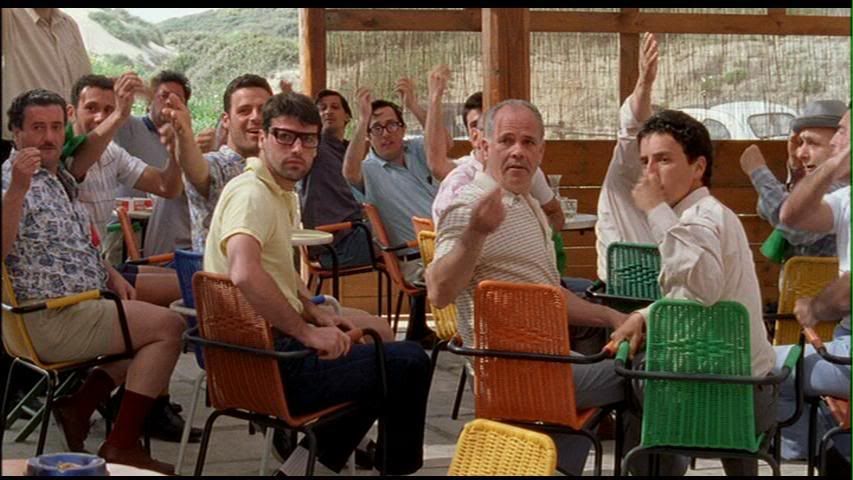
Now you can all say, "Mah, si!" ("Yeah, sure!") and wave your hands in your most stereotypically Italian way.
Whatever it is, it's hard to make a compelling film about so many things with so many people (and very hard to review it!), but director Marco Tullio Giordana succeeds - we should laud him enough for that. In terms of our review... well, we guarantee nothing. But we can try! The Boston Globe's review is insightful and concise - it says everything we want to say, especially regarding how it shows that people are more than the history they live in. And our hero, A.O. Scott of the New York Times, also makes some interesting points.
So what can we say? Well, we can say something new - and maybe conveniently advance the PPCC's Secret Buddhist Agenda at the same time - by asking the question again: is this an enlightened film? Suffering, and how we deal with it, are the central truths of Buddhism - which says that, in order to be free of suffering (that is, attain "Enlightenment"), we must practice compassion and non-attachment.
Let's take a look at the characters (who we adore). They're basically divided into two camps: those who can manage their suffering, and those who can't. The film's final message - that everything is beautiful (yes, yet another Italian film about that) - is presented with delicate intelligence. Nothing is sugarcoated. Which leads to the interesting, Buddhist-ish premise: with so much suffering in the world, how can it also be beautiful?
Each character responds in a different way:
1. Nicola (Luigi Lo Cascio), the younger brother. Much like Nanni Moretti's enlightened psychiatrist in The Son's Room, Nicola the psychiatrist is an even-tempered and deeply compassionate man - acting, for most of the film, as its moral core. There's an interesting exchange in the beginning, when a young Nicola sits one of his medical exams, and the professor gives him full marks partly "per simpatia". In Italian, "simpatia" can mean "likability", but it can also mean "sympathy" or "compassion". The professor elaborates: he means "simpatia" in the original Greek sense, the ability to "understand suffering".
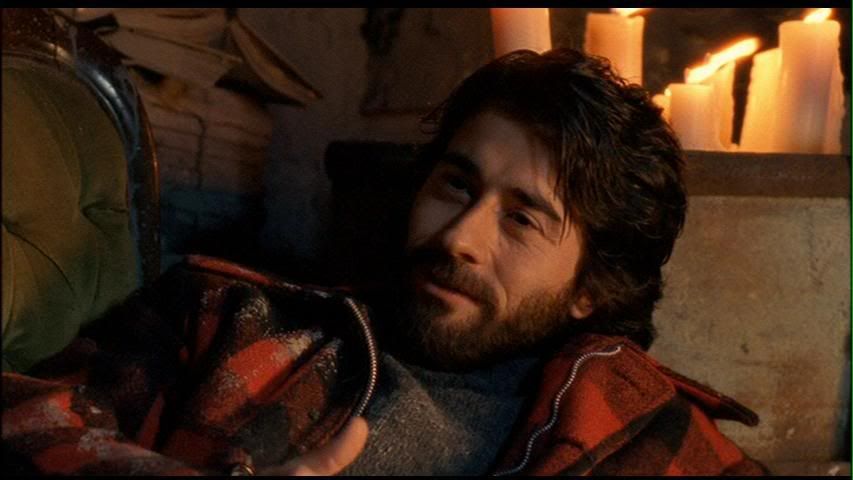
Nicola (Luigi Lo Cascio), Perfect Man. He gets it, man. Sigh. We're in love.
2. Matteo (Alessio Boni), the older brother. A choice scene mentions that Matteo "suffers for everything" - and unlike his brother Nicola, his attempts to cope with the dark side of life are erratic, tempestuous and largely ineffective. He is moody and intense, moving through life impulsively and unable to connect with people.
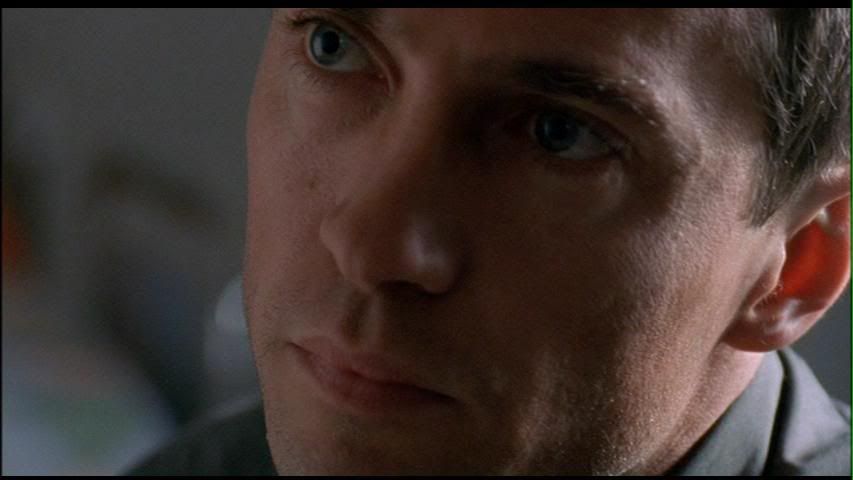
The dark, brooding Matteo (Alessio Boni), who is a heartthrob in his own right too. And reminiscent of a certain Vijay (except without being just an "Angry Young Man' archetype).
3. Giulia (Sonia Bergamasco), Nicola's wife. Giulia is another interestingly "dark" character - and her reasons for choosing a path which leads her eventually to the terrorist Red Brigades (a radical leftwing group responsible for political assassinations and bombings in 1970s Italy) is, like Matteo, initially based on goodness. That is, upset and indignant at all the perceived socioeconomic injustices around her, Giulia just wants to make things right. But, just like Matteo, she chooses the wrong way to do that.
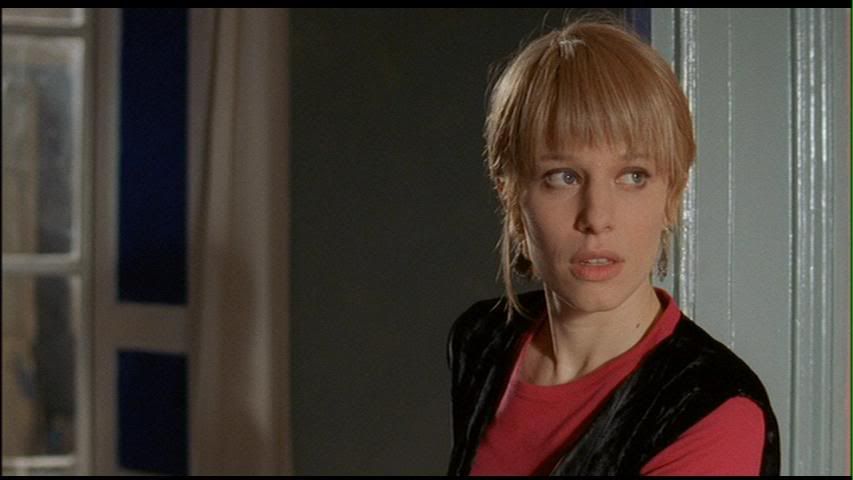
Giulia (Sonia Bergamasco), one of the most complex (and increasingly scary!) characters.
4. And finally Giorgia (Jasmine Trinca), the young mentally ill woman who is both a symbol and a catalyst of these various ways of dealing with suffering and finding that elusive happiness we all seek. Several reviews liken Giorgia to the film's conscience - an interesting idea, considering how all of these characters listen to their conscience, yet this doesn't always guarantee that good will be done or they'll be happy.
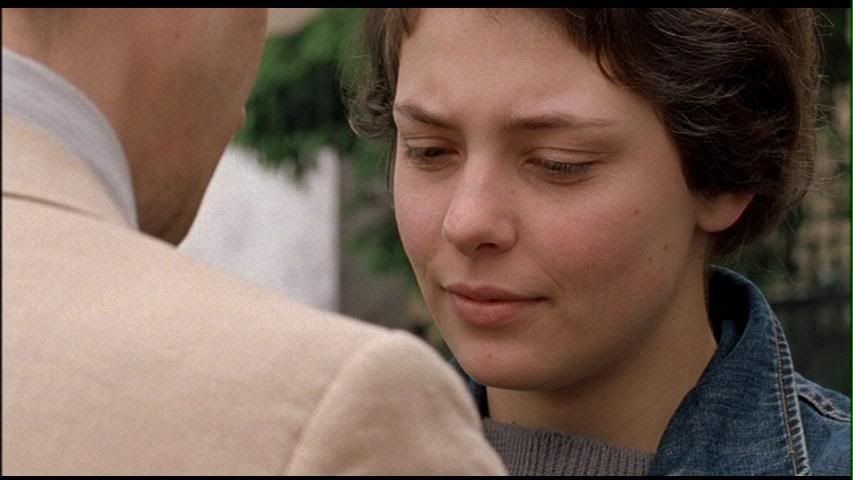
Giorgia (Jasmine Trinca), AKA this film's Jiminy Cricket!
"Well, gosh, PPCC!" you might be saying. "If good people who follow their conscience can still end up becoming angry and destructive, what are we to doooo?"
Well, PPCC readers, Siddhartha can probably advise us: be nice to people and don't worry so much about changing the world! Remember, think globally, act locally!
(End of today's moral lesson.)
The character who realizes this most is poor old Nicola, who is patient, humane and, well, nice to everyone. The final scene, when he is finally "liberated" from the pain of the past, is one of the most emotionally epic pay-offs we've seen in a film in... well, gosh, EVER. Let's just say, with the amount of tears shed, they should be naming a river after us sometime soon.
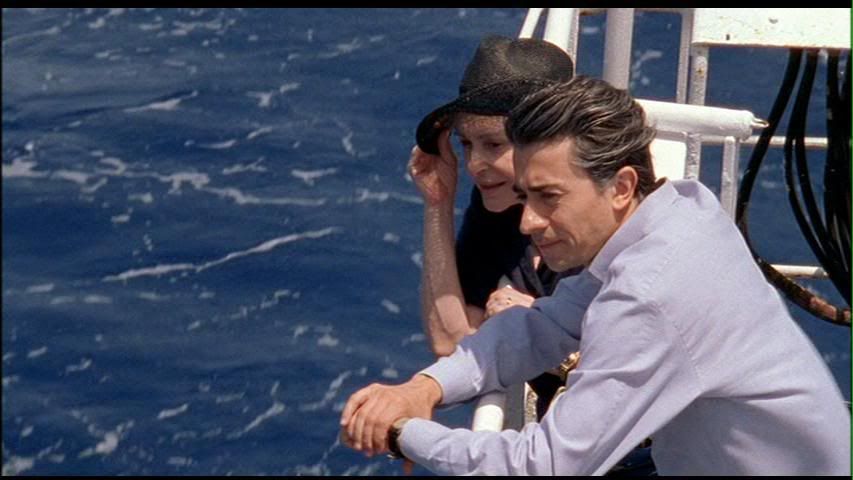
Bella Italia! Nicola and his mom (the wonderful Adriana Asti) on their way to Sicily. Meta: Actor Luigi Lo Cascio is (1) Sicilian and (2) gave up a degree in psychiatry to become an actor.
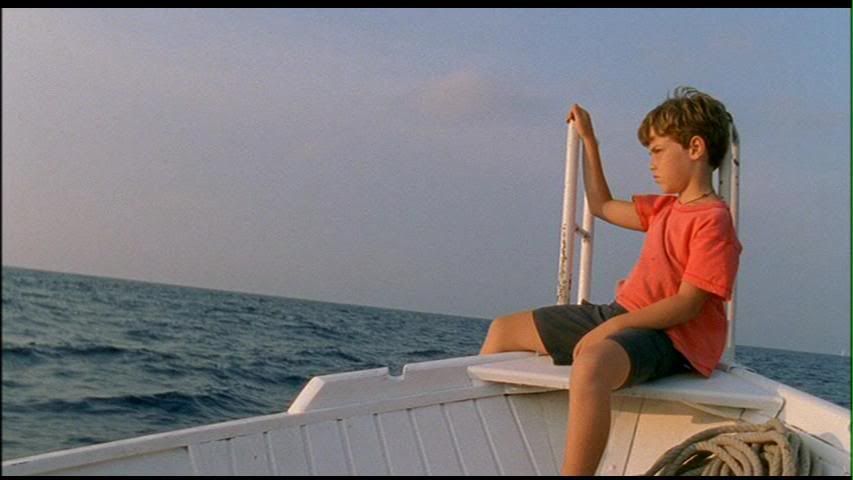
One of the things we found most touching in this film was its celebration of the next generation as a symbol of hope and forgiveness.
And the best thing about this film: that's just one part of the show! With six hours, you can do a lot more than just present a touching humanist portrait. And indeed this is like a more profound Forrest Gump-for-Italy, going through all the major political, economic and social trends in Italy since the 1960s. It also - wonderfully - is truly pan-Italian. Much like India, Italy is divided along clear regional lines in terms of its culture: a northern Italian, for example, is unlikely to understand the Sicilian dialect, and vice versa. La meglio gioventù makes a visible effort to give equal weight and affection to all of Italy's regions: from Turin to Rome to Sicily to Milan to Naples and on.
We can't recommend this film enough: as a window into the Italian heart and mind, and as a simply moving and soap opera-addictive story. Don't be daunted by the six hours - they won't seem like enough!


6 comments:
I saw that in the Music Box in Chicago (two seperate screenings!) magnifico!
Look, it's maybe one of the best italian movies of the last decade.
It's a strong and memorable movie, but still has moments of delightful freshness, and hope, and idealism. It's a pity nowadays italian movies are almost only stupid OR uber-intellectual. You don't know how much we (italians) are disappointed with this situation.
(Lol, but it's a coincidence or did you chose to see "La meglio gioventù" because of the recent comment I posted about "Main Hoon Na"?)
Emileeeeeee - Magnifico indeed! And on the big screen, truly glorious!
kallista85 - Ha, I think your comment must have had something to do with it - it was a serendipitous combination of having several people independently mention it to me as a "must-see" and then finding it right under my nose at the store. I just had to get it - and I'm so happy I did! Mamma mia, quant'ho piantoooooo. I need to revisit I Cento Passi now - Gigi Lo Cascio is fab!
I LOVE this movie- one of my faves!
Superb! Bravo!
Wooow, what a good "review" of this amazing movie. I liked that you wrote about the most important characters and well, i can just say that i love this movie, it really touched me.
http://ginepro.tumblr.com
Post a Comment